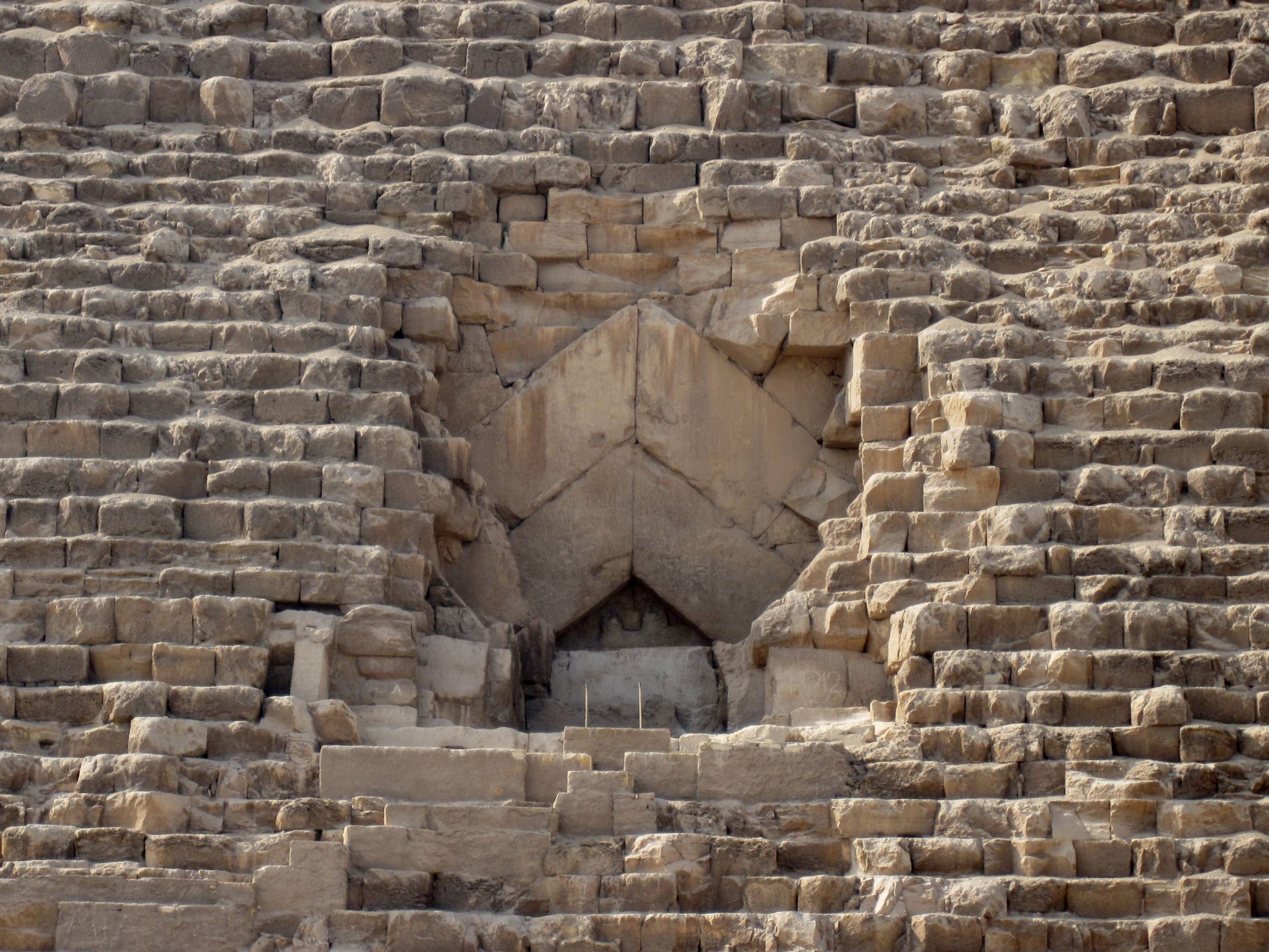Picture this: the bustling Place de la Concorde in Paris, adorned with the grandeur of the Luxor Obelisk, a towering monolith standing at a majestic height of 23.50 meters and weighing a whopping 230 tons. This ancient Egyptian wonder, born in the 13th century B.C. during the reign of Ramses II, carries within its granite structure the tales of a bygone era.
Originally part of the Luxor Temple’s grandeur, the Luxor Obelisk once stood proudly alongside its twin, overlooking the east side of the Luxor Temple passageway. Approximately 1,600 hieroglyphs, etched on all four sides of the obelisk, proudly proclaim the glorious deeds of Ramses II, immortalizing his legacy for centuries to come.
Fast forward to the 19th century, and behold the Luxor Obelisk’s remarkable journey from the banks of the Nile to the heart of Paris. In 1831, one obelisk embarked on a transcontinental adventure, leaving its twin behind, as a gift from Mohammed Ali Pasha to the citizen King of France, Louis Philippe. Little did it know, it would become a symbol of cultural exchange and an emblem of Franco-Egyptian friendship.
Imagine the logistical feat undertaken by the linguist extraordinaire, Jean-François Champollion, who three years later successfully transported this colossal relic across borders. Champollion, famous for deciphering hieroglyphs on the Rosetta Stone, played a pivotal role in bringing the Luxor Obelisk to its new home.
Enter Jakob Hittorff, the visionary Parisian architect born in Cologne, who crafted a five-meter-high pedestal, elevating the obelisk to new heights both literally and metaphorically. Finally, on October 25, 1836, the Luxor Obelisk found its place of honor at the heart of Paris – the iconic Place de la Concorde.
Fast forward once more to April 13, 1937, when the Luxor Obelisk earned its well-deserved status as a ‘monument historique,’ a testament to its historical and architectural significance. In the realm of French heritage, such classification is a shield, preserving buildings that echo with the whispers of time.
But the Luxor Obelisk’s tale doesn’t end there. On May 14, 1998, a crowning moment unfolded as a 3.60-meter-high pyramidion made of gilded bronze was added to the obelisk – a touch of opulence that solidified its status as not just a relic from the past, but a living testament to the enduring connection between two civilizations.
So, the next time you find yourself in the heart of Paris, gaze upon the Luxor Obelisk and let its towering presence transport you across continents and centuries. For in the heart of this magnificent city lies not just an ancient relic, but a bridge between cultures, standing tall and proud as a symbol of timeless elegance and shared history.”



